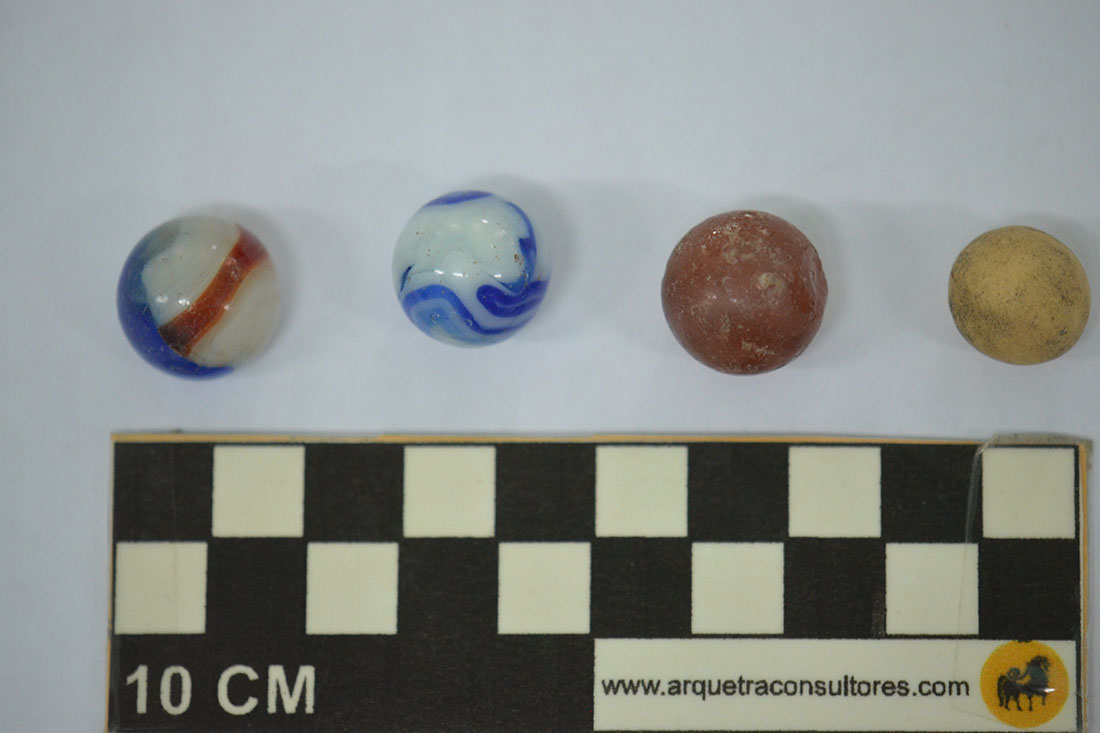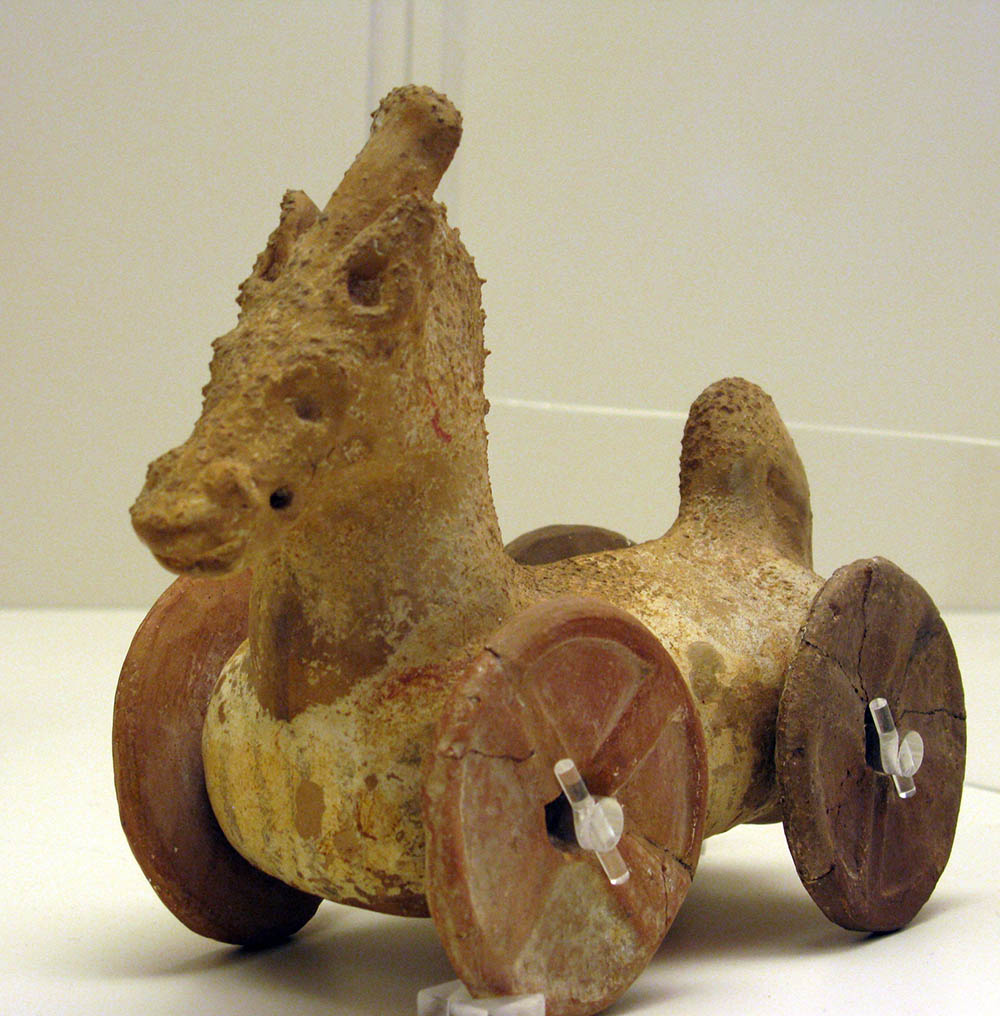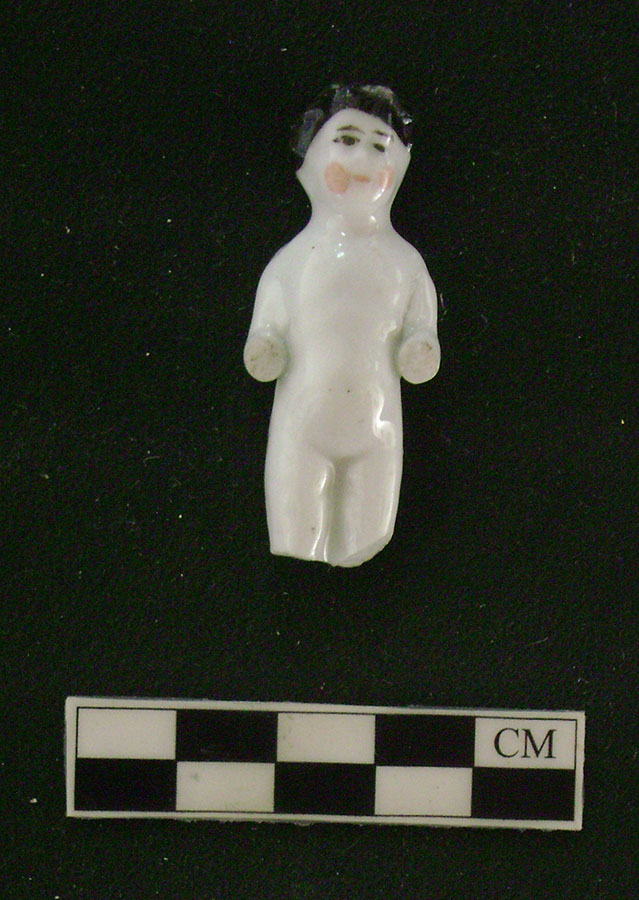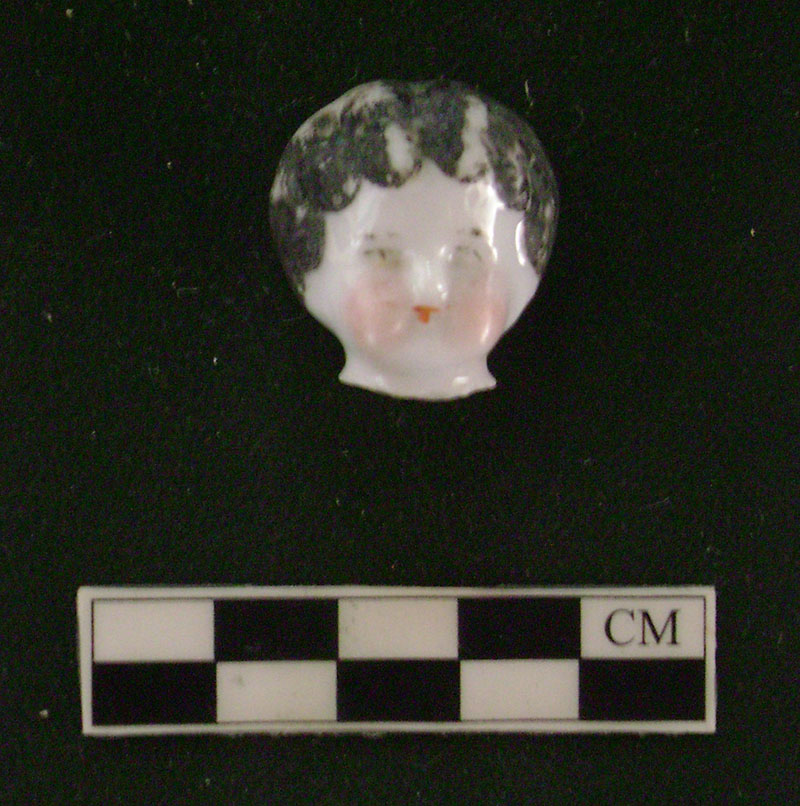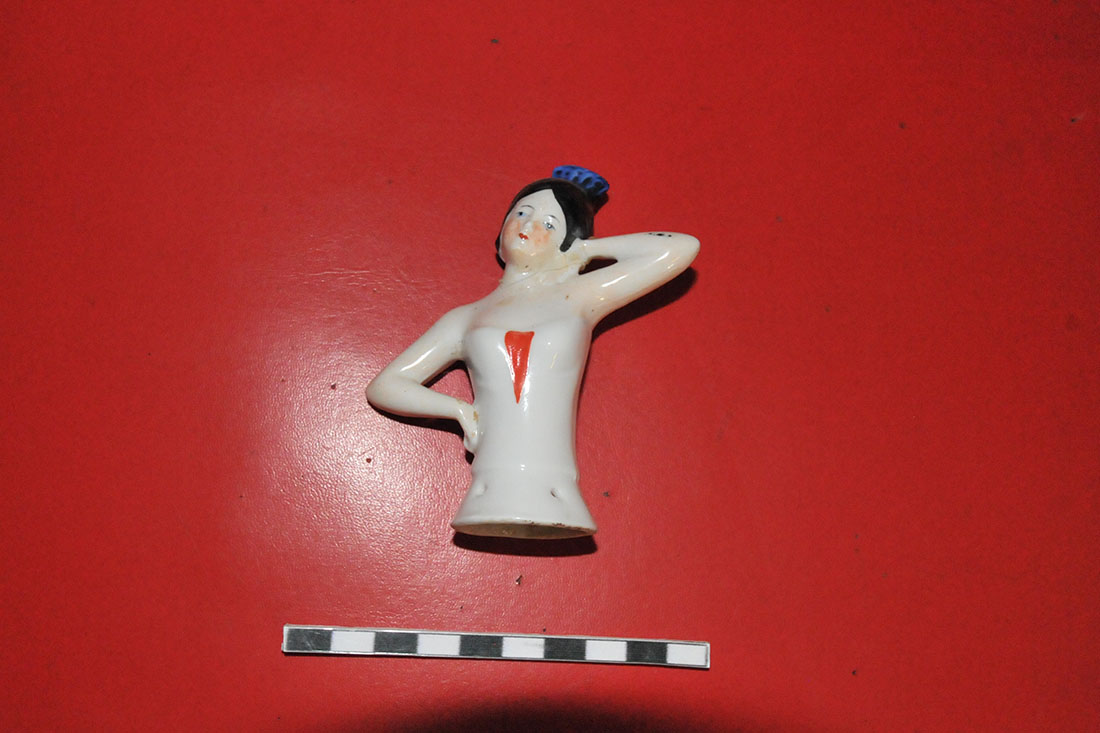By: Denys Rodríguez Bernet
The evolution of toys
The manufacture and materials of toys have been coupled with the development of humanity. There are records that they were used since ancient times, and the appearance of ivory dolls, rattles and carts with clay wheels are reported in ancient Mesopotamia, India, China, Greece and Rome.
In addition, in Egypt statuettes were made that reflected animals. In its beginnings, toys were handcrafted for wealthy families. They were even made by the children themselves and reflected everyday objects.
In the Middle Ages other materials were incorporated for its preparation, such as glass. In the Renaissance they were manufactured as luxury items; however, during the 16th and 17th centuries, the designs became more complex, such as the incorporation of the joints in the dolls from new materials, such as cardboard.
It is in this period when puppets and tin soldiers appear, mainly made in Germany.
The dolls imitated the clothing of the time. Dollhouses appear with miniature furniture and tableware; although due to their cost, they were only accessible to the wealthy families. In the 19th century, specifically during the Industrial Revolution, they began to be made of tin.
Later, in the 20th century, plastic was introduced for its manufacture, which allowed the increase in production and lower costs. Infants’ preference for toys has not varied much over the centuries.
The toys were manufactured in correspondence with the genre to which they were directed: weapons, marbles, balls, yoyos, tops and vehicles, for boys; and for girls, dolls, doll houses, hula hoops, and miniature tableware.
In the second half of the century, the development of technology and electronics allowed the invention of more sophisticated toys, a process that continues to be perfected today.
Toys in the archaeological excavations in Camagüey city
In the archaeological excavations carried out in Camagüey city by the Archeology Office of the Investigations Subdirectorate of the Historian’s Office, some toys have been found, such as dolls, marbles, miniature table ware and others.
These were found in buildings with domestic waste sites belonging to the 18th – 20th centuries, mainly in the old Casa del Regidor (Independencia no. 219) and in the second cloister of the San Juan de Dios hospital.
Several fragments of porcelain dolls, such as a head and a torso, of German origin, were identified at these sites. Its production was developed from the 19th century to 1920, and its main characteristic is the limbs separated from the body and a drainage hole in the buttock area. They are also known as the male version of the so-called “Frozen Charlottes”, solid porcelain, bathers or penny dolls.
In the San Pablo No. 67 building, its residents accidentally found a doll, the product of a constructive repair in the house. It is a Spanish porcelain dancer, who only preserves the torso, since the lower part of it must have corresponded to a cloth dress.
Another find is the so-called marbles, like those found in the archaeological excavation in the second cloister of the San Juan de Dios Hospital -in 2013- and in other intervened sites not only in Camagüey, but in the country. The exponents use different materials, such as glass and clay, as well as characteristic designs.
At the same time, the discovery of several fragments of plates and small cups made of porcelain has been recorded, belonging to miniature tableware that presumably formed part of dollhouses, very popular in the 19th century by the wealthy families of the princely town.
The discovery of this type of objects is extremely interesting, since its study allows us to know about the way children used to play in the past and the roles assumed through toys.
Translated by: Aileen Álvarez García

